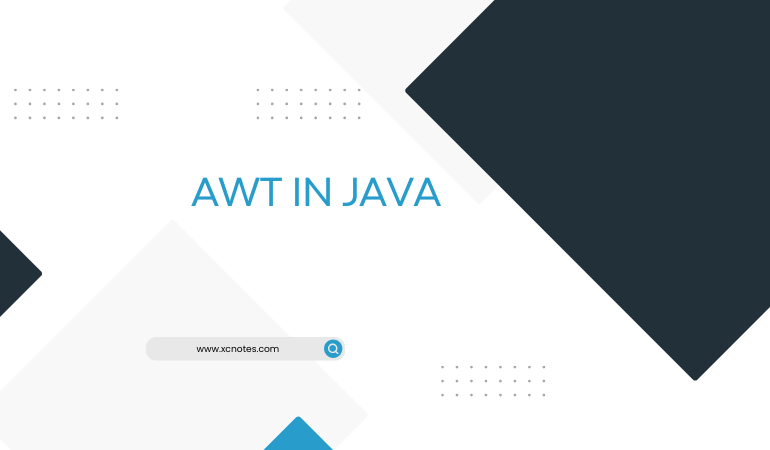Features of Swing in Java with Example
Swing is a library in Java that assists in the programming of GUI interfaces. Swing was introduced in 1997. Swing was initially available for use in Java 1.1 as an independent class library. The latter swing was fully integrated into Java 1.2. Swing is actually a part of a large family of Java products known … Read more









